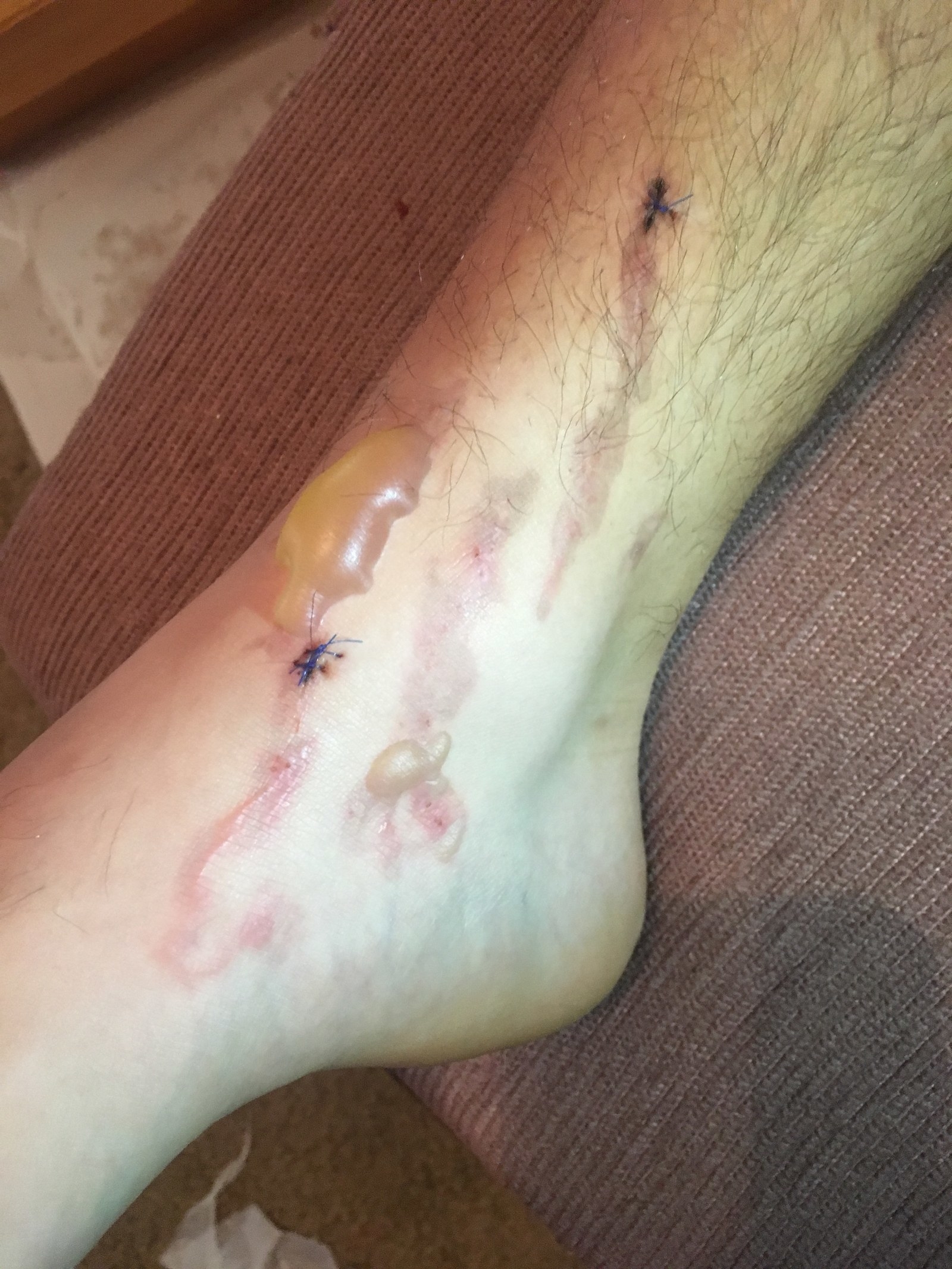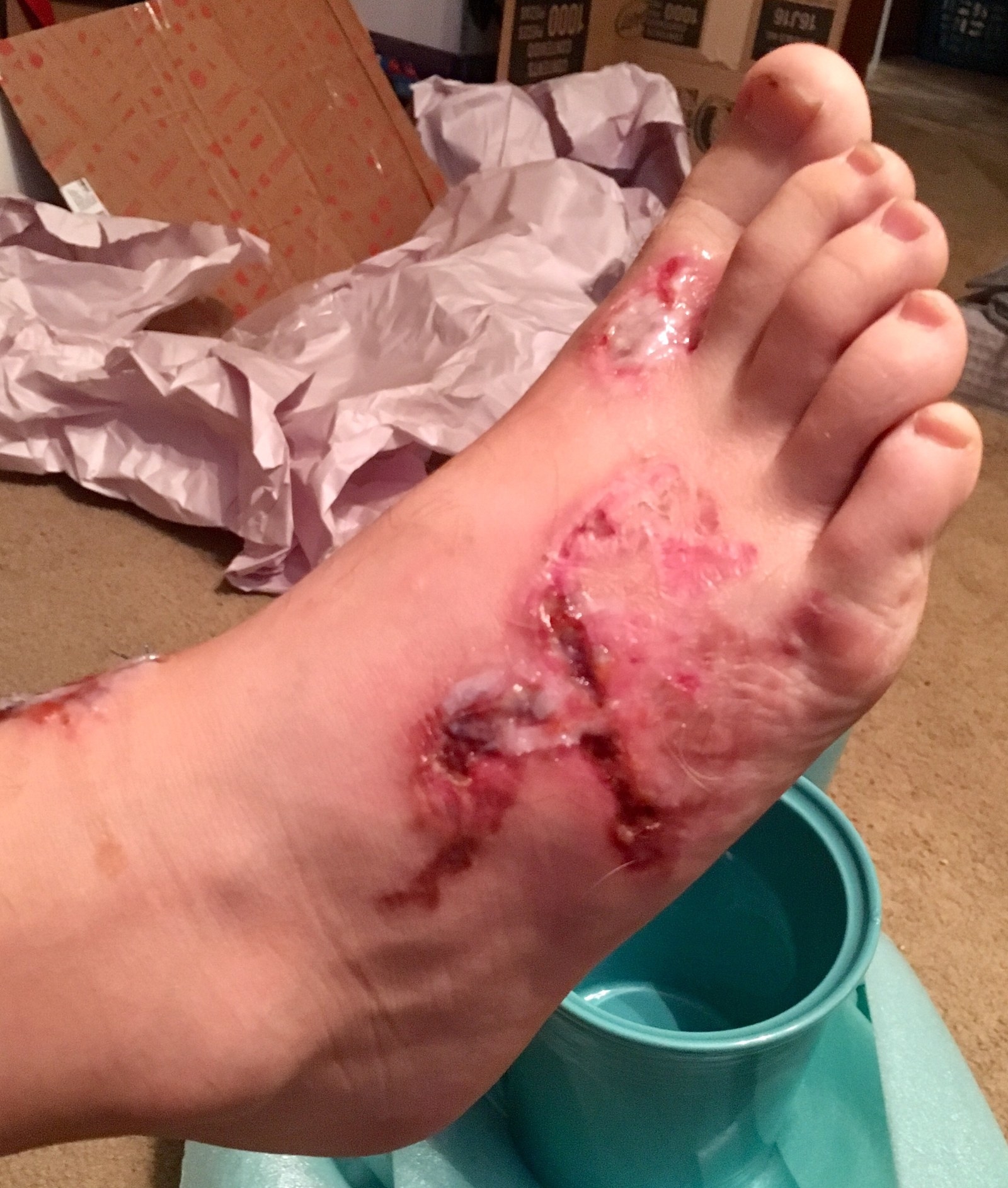What started as a fun stop at a beach during a church trip has turned into a nightmare of a hookworm infection for this Tennessee teen.

Michael Dumas, 17, visited Florida in June while on a mission trip with his church. During the trip, they stopped by Pompano Beach where Michael was buried in the sand, as one does at the beach.

That same night he started feeling unwell and woke up in the middle of the night feeling itchy and sweating. By the time he got home, everyone thought he just had an ear infection, and he was treated with ear drops.
But the symptoms didn’t stop. Soon, he was sleeping all the time, and felt too lethargic to stay up for more than a few hours.
Then things got weird.

“He had between four and six red, raised bumps on his backside,” Kelli Mulhollen Dumas, Michael’s mom, told BuzzFeed News.
They thought they were just bug bites, which aren’t uncommon where they live in Memphis. Then, a few days later while at the family’s cabin, Michael texted his mom that something was wrong with his feet. He sent photos of what looked like scratches, even though he’d been wearing shoes.
Finally, after getting a new set of tests, the doctor told them his diagnosis: “our boy has hookworm.”

Hookworm is a parasite that’s most commonly contracted by walking on sand or soil contaminated with dog or cat feces. The feces can be contaminated with hookworm eggs, which hatch microscopic larvae that migrate out of the feces into sand or soil, where people can get infected by walking on them in bare feet.
Human hookworms are a thing too, and they will migrate into the blood and digestive tract, causing long-term health problems. Hookworms from cats or dogs, however, will generally stay in the skin, causing a condition called cutaneous larva migrans, according to the Centers for Disease Control and Prevention.
The first symptoms are usually itching and a rash, and they can be mistaken for bug bites. The worms can cause red, raised tracks in the skin that change from day to day as they move about. Animal hookworms generally can’t live in human hosts and will usually die within five to six weeks without treatment, although they can be treated with antiparasitic drugs.
“This has been arduous, to say the least,” said Kelli.
For now, Michael is stuck at home. The family isn’t even sure if he’ll make it to his sister’s wedding next month, where he’s supposed to be a groomsman.
The family has also spent more than $2,500 on medication and care for Michael.
“The stress of it all has been so traumatic,” said Kelli.
And Michael’s not alone — five other boys on the trip have also been infected with hookworm.

In fact, in the photo of Michael buried in the sand, “every one of those children has hookworms except for one,” said Kelli.
The family is feeling better now that Michael is on the mend and Kelli is in touch with the state health department in Florida.


